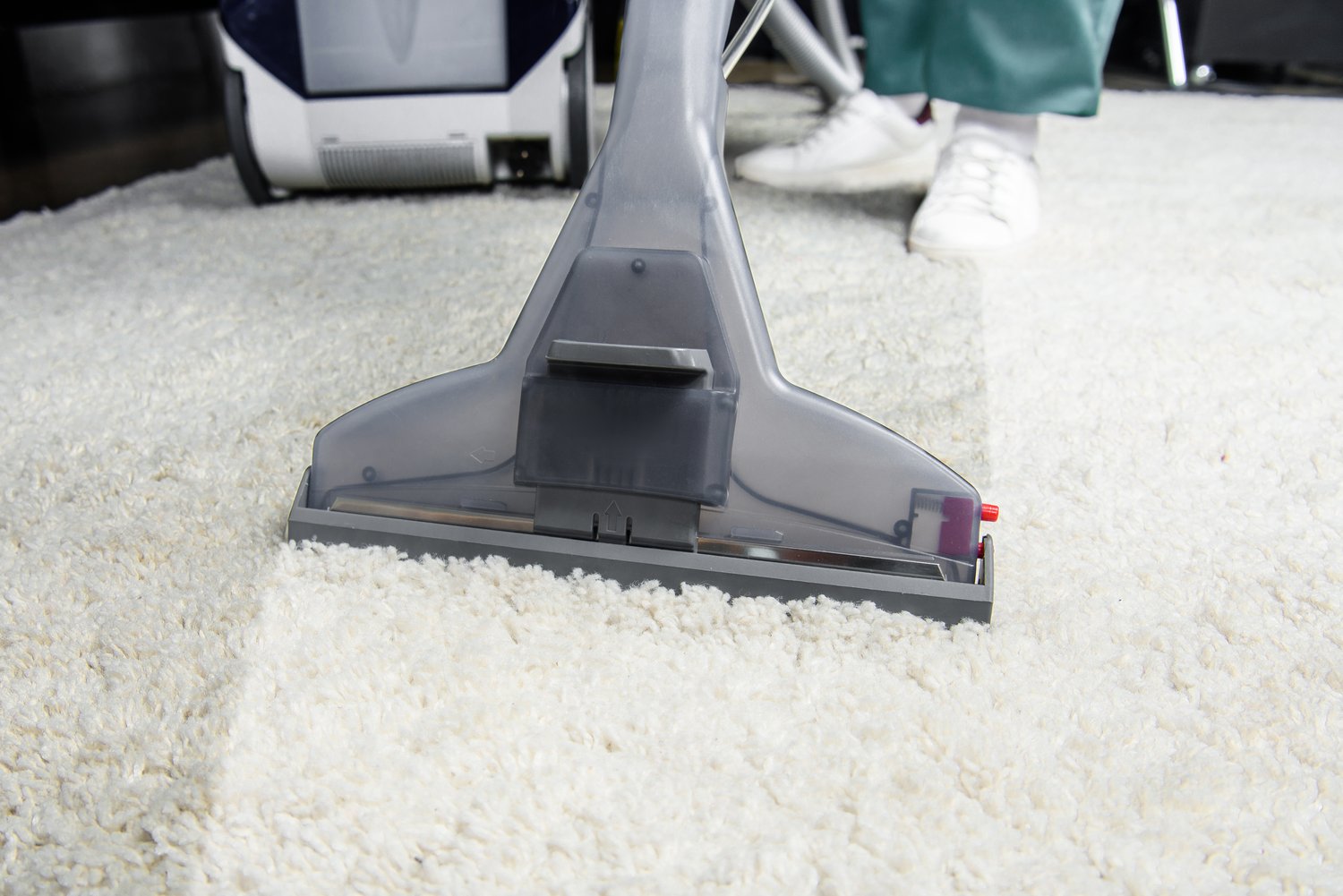Selecting the perfect carpet for your home can be overwhelming with the multitude of options available in today’s market. Understanding the differences between carpet fibre types, pile heights, and styles is crucial for making an informed decision that suits your lifestyle and budget. This comprehensive choosing carpet guide will walk you through the essential factors to consider when shopping for carpeting, including durability, comfort, maintenance requirements, and aesthetic appeal for different areas of your home.
Understanding Carpet Fibres
The material from which your carpet is made significantly impacts its performance, feel, and longevity. Wool remains the premium natural fibre choice, offering exceptional durability and a luxurious feel underfoot. It naturally repels stains and dirt while providing excellent insulation properties. However, this quality comes with a higher price tag compared to synthetic alternatives. Nylon stands as the most popular synthetic option due to its remarkable resilience and ability to maintain appearance even in high-traffic areas. For households with children or pets, nylon’s stain-resistant properties make it particularly appealing. Polyester delivers vibrant color options and softness at a more affordable price point, though it may not withstand heavy foot traffic as effectively as nylon. Budget-conscious consumers often consider olefin (polypropylene), which offers good moisture and stain resistance but may flatten more quickly in busy areas. According to experts at AskHomey, understanding carpet fibre types is the foundation of making a selection that will satisfy your needs for years to come.
Carpet Pile Explained
The term “pile” refers to the visible surface of carpet formed by yarn tufts. Pile height and density significantly influence both the carpet’s appearance and performance. Cut pile carpets feature yarns that are cut at the ends, creating a soft, luxurious surface ideal for bedrooms and formal living spaces. Loop pile (also called berber) maintains uncut yarn loops, offering exceptional durability and a more casual appearance that works well in high-traffic zones like hallways and family rooms. Cut and loop combinations provide interesting textures and patterns by incorporating both styles. When examining carpet pile explained in terms of height, high-pile carpets (over ¾ inch) deliver maximum comfort and insulation but require more maintenance and may show footprints or vacuum marks. Medium-pile options (½ to ¾ inch) strike a balance between comfort and practicality, while low-pile carpets (less than ½ inch) offer the easiest maintenance and greatest durability for busy households.
Selecting the Best Carpet for Living Room Spaces
Living rooms present unique carpeting challenges as they often serve as both showcase spaces and high-use areas. The best carpet for living room areas should balance visual appeal with practical performance. For formal living rooms that see occasional use, plush or saxony cut pile carpets in wool or high-quality nylon offer sophisticated texture and comfort. In family rooms with heavier traffic, consider frieze (twisted cut pile) or loop pile carpets that hide footprints and vacuum marks while resisting crushing. Color selection also plays a crucial role—medium tones show less soil than very light or very dark options, while subtle patterns or flecks can disguise the inevitable spills and wear. Fiber density matters significantly in living spaces; higher density carpets may cost more initially but provide better durability and appearance retention over time, making them a wise investment for central living areas.
Practical Considerations for Different Household Needs
Beyond aesthetics, your household’s specific lifestyle demands should guide your carpet selection. Homes with young children benefit from stain-resistant nylon or triexta fibers that can withstand spills and frequent cleaning. Pet owners should prioritize solutions that resist pet odors and offer easy cleaning of accidents—look for carpets with specialized pet-friendly warranties and moisture-resistant backing. Allergy sufferers might consider low-pile carpets that trap fewer allergens, along with regular professional cleaning to remove potential irritants. For eco-conscious homeowners, natural wool or carpets made from recycled materials offer environmental benefits without sacrificing performance. Budget constraints can be addressed by focusing quality carpet purchases on high-visibility areas while selecting more economical options for bedrooms or less frequently used spaces. Remember that proper underpadding significantly extends carpet life and enhances comfort regardless of which carpet type you select.
Installation and Maintenance Essentials
Even the highest quality carpet will disappoint if improperly installed or maintained. Professional installation ensures proper stretching and seaming that prevents premature wear and buckling. Regular maintenance should include frequent vacuuming with a quality machine featuring adjustable height settings appropriate for your carpet pile. Address spills immediately using manufacturer-recommended cleaning methods rather than harsh chemicals that may damage fibers or void warranties. Consider professional deep cleaning every 12-18 months to remove embedded soil and restore carpet appearance. When comparing warranties, look beyond the total year coverage to understand what specific conditions (such as stains, wear patterns, or manufacturer defects) are actually covered.
For more tips and to connect with reliable home service professionals, follow AskHomey on Facebook and Instagram.



